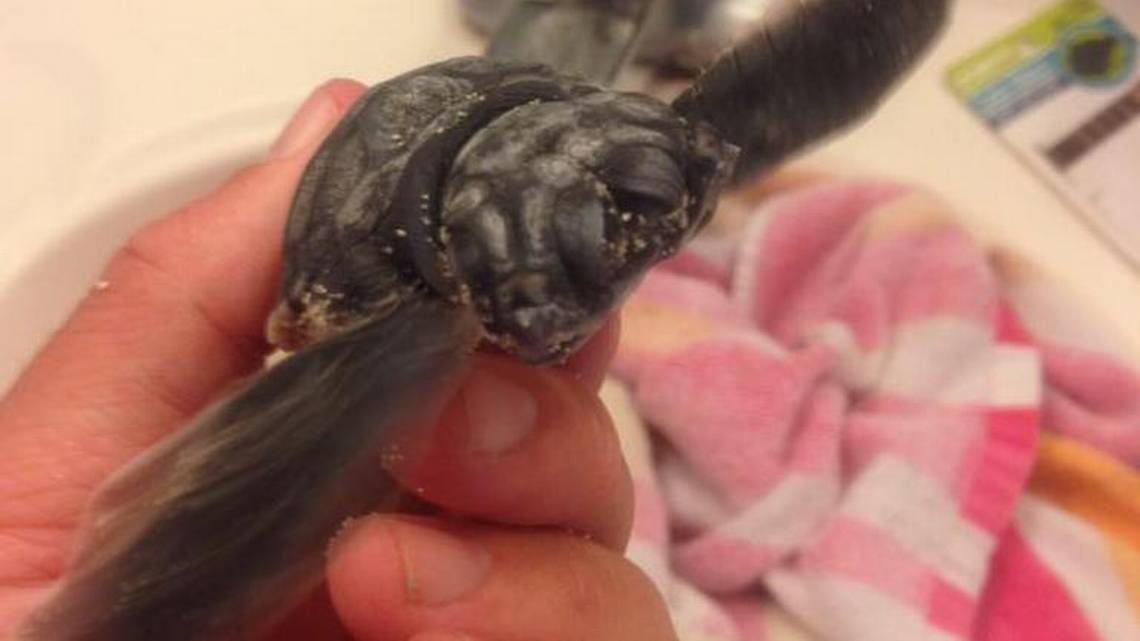OF THE
TIMES
I wonder if this pillar of intelligence has any clue at all that the ONLY requirement that his jewish masters were looking for when filling the...
Israels greatest enemy is Zionism. Even in the unlikely event that Hamas are destroyed to the last man ans woman Israel has still lost. This is...
The drought the author speaks of was due to rains in Africa drying up. When those rains return, which they will, this branch will want to flow...
His computer is quite bad, since I wrote about all this a long time ago. But the end of the article is an outright fraud. The guy blew me away the...
Unite's General Secretary Sharon Graham said the report shows "this profiteering crisis is far from over" as corporations rake in billions, while...
To submit an article for publication, see our Submission Guidelines
Reader comments do not necessarily reflect the views of the volunteers, editors, and directors of SOTT.net or the Quantum Future Group.
Some icons on this site were created by: Afterglow, Aha-Soft, AntialiasFactory, artdesigner.lv, Artura, DailyOverview, Everaldo, GraphicsFuel, IconFactory, Iconka, IconShock, Icons-Land, i-love-icons, KDE-look.org, Klukeart, mugenb16, Map Icons Collection, PetshopBoxStudio, VisualPharm, wbeiruti, WebIconset
Powered by PikaJS 🐁 and In·Site
Original content © 2002-2024 by Sott.net/Signs of the Times. See: FAIR USE NOTICE

Reader Comments